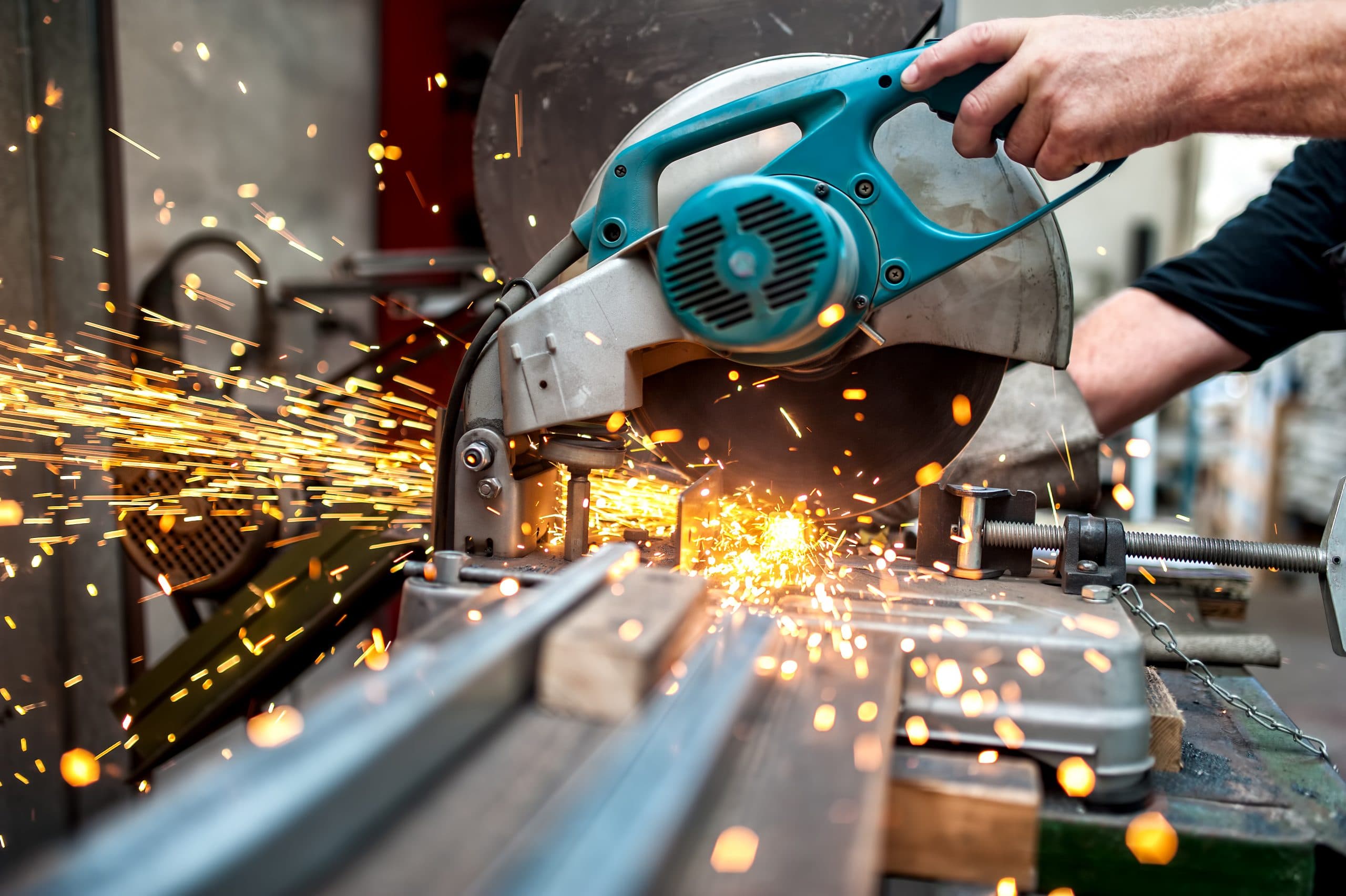
How to Cut Aluminum Extrusion: Clean, Burr-Free Cuts
01 November 2025Introduction
If you’ve ever worked with T-slot profiles, architectural framing, or structural shapes, you’ve likely wondered: how to cut aluminum extrusion cleanly and accurately. Whether you’re prototyping in a shop or assembling a large project on site, achieving clean, burr-free cuts is critical for fit, finish, and safety.
In this guide, we’ll explain:
- How to cut aluminum extrusion step by step
- How to cut aluminum extrusions with a miter saw
- How to cut aluminum extrusion by hand
- Tips for burr-free, precision results
What You Need to Know Before Cutting
Aluminum extrusions are strong yet soft compared to steel, which means they cut easily—but also heat up quickly and can leave burrs if not handled correctly.
Key Considerations:
- Blade type matters: use carbide-tipped, non-ferrous cutting blades
- Secure clamping: movement during cutting causes chatter and poor finish
- Lubrication: light cutting wax or spray reduces friction and blade wear
- Safety: always wear safety glasses, hearing protection, and gloves
How to Cut Aluminum Extrusion (Step by Step)
- Measure & Mark
- Use a square and fine-tip marker or scribe for accuracy
- Double-check dimensions before cutting
- Secure the Extrusion
- Clamp the profile firmly to prevent vibration
- For longer pieces, support both ends to reduce deflection
- Choose the Right Blade
- For power saws: a carbide-tipped blade with 60–100 teeth (depending on diameter) designed for non-ferrous metals
- For hand tools: a hacksaw with 18–24 TPI (teeth per inch)
- Cut With Controlled Speed
- Do not force the blade—let it feed smoothly
- Maintain consistent pressure for a clean surface finish
- Deburr & Finish
- Use a deburring tool, fine file, or sandpaper to remove sharp edges
- Ensure corners and slots remain clean for fittings and connectors
How to Cut Aluminum Extrusions With a Miter Saw
A miter saw is one of the most efficient and accurate tools for cutting aluminum extrusion.
Steps:
- Mount a non-ferrous metal cutting blade on the miter saw.
- Clamp the extrusion securely to prevent kickback.
- Apply light cutting lubricant (optional but recommended for thick profiles).
- Lower the blade slowly and let it cut at its own pace.
- Deburr edges immediately after cutting.
Advantages:
- Precise, square, repeatable cuts
- Perfect for T-slot framing systems, production runs, or architectural profiles
Pro Tip: For angled cuts, the miter saw excels—just ensure blade and extrusion are firmly aligned to avoid chatter.
How to Cut Aluminum Extrusion by Hand
Sometimes you need a simple, low-cost solution—especially in the field. A hacksaw or manual miter box works well for light cutting tasks.
Steps:
- Mark the cut line with a square.
- Place the extrusion in a vise or clamp it to a stable workbench.
- Use a hacksaw with a fine-tooth blade (18–24 TPI).
- Saw with steady, even strokes—avoid excessive force.
- Deburr the cut edges with a file or sandpaper.
Advantages:
- No power tools required
- Portable and inexpensive
- Good for small jobs or quick adjustments
Limitations:
- More time-consuming
- Less precise than a power saw for repeat cuts
Tips for Clean, Burr-Free Cuts
- Always clamp firmly to minimize vibration.
- Use cutting fluid or wax for smoother cuts and longer blade life.
- Choose the right blade: dull or incorrect blades leave ragged edges.
- Deburr immediately after cutting—this ensures components fit properly in assemblies.
- For production, consider a cold saw or CNC cutting system for maximum precision.
Conclusion
Now you know how to cut aluminum extrusion the right way: measure carefully, use the proper blade, clamp securely, and finish with deburring.
- For speed and precision, use a miter saw with a carbide-tipped, non-ferrous blade.
- For small, portable jobs, cut by hand with a hacksaw.
By following these steps, you’ll get clean, burr-free cuts that save time and ensure a professional finish on your project.
Whether you’re building industrial frames, architectural systems, or custom assemblies, clean cutting is the foundation of quality results.
